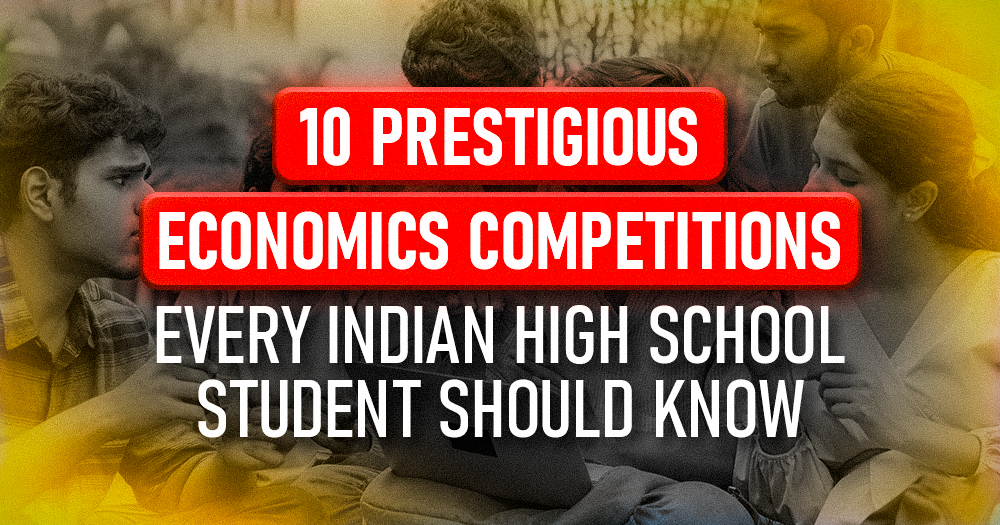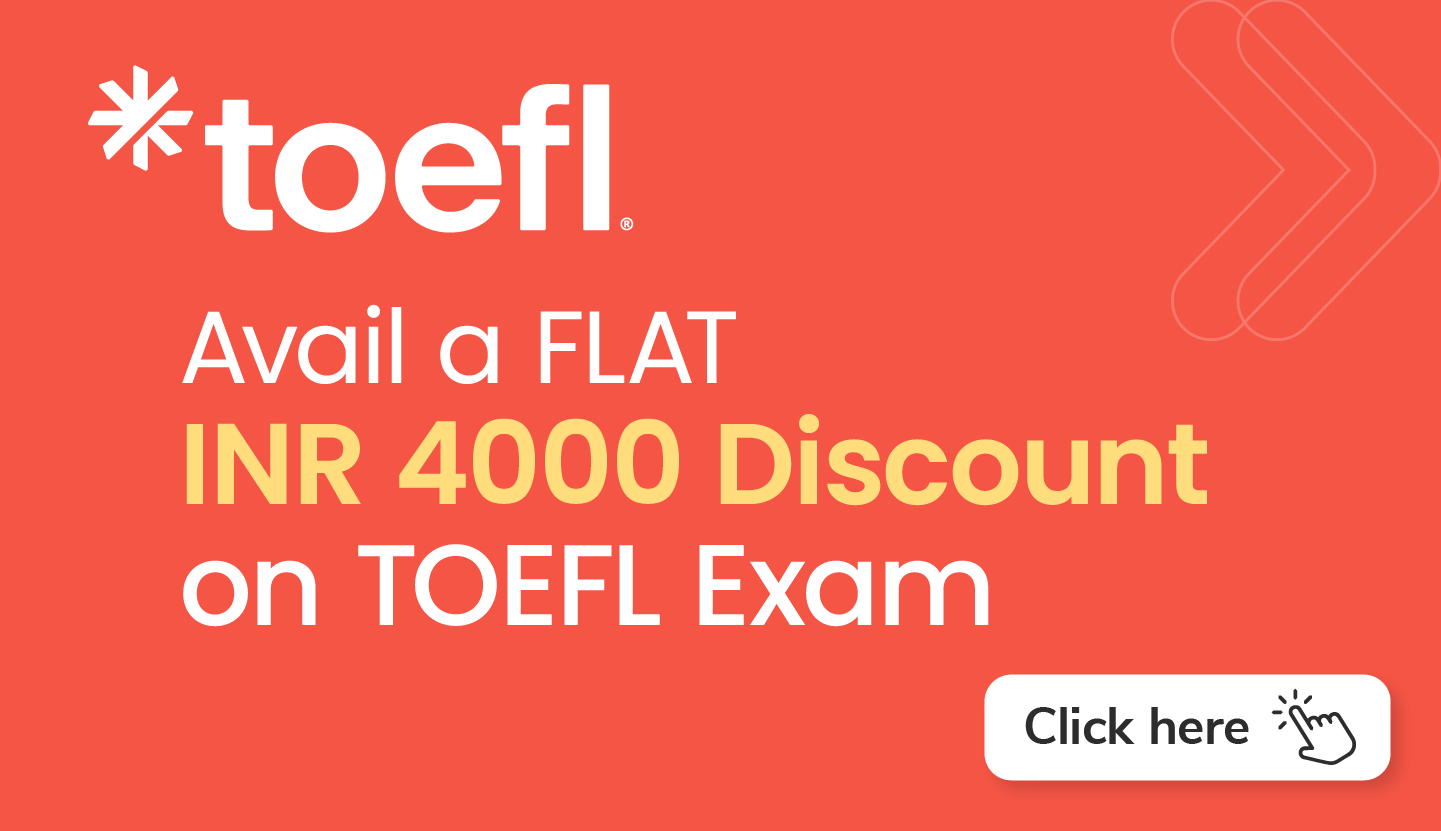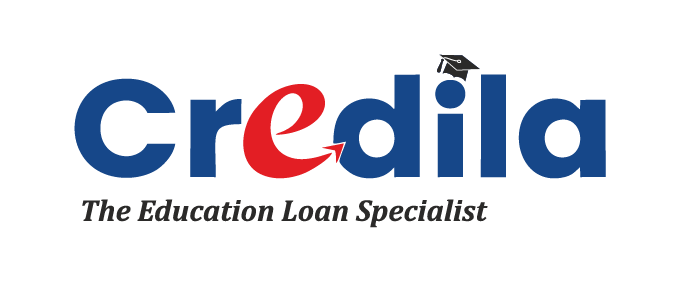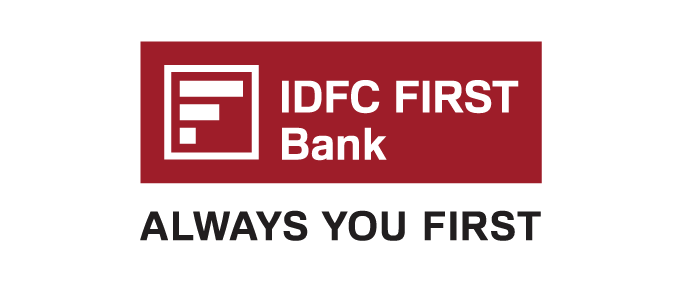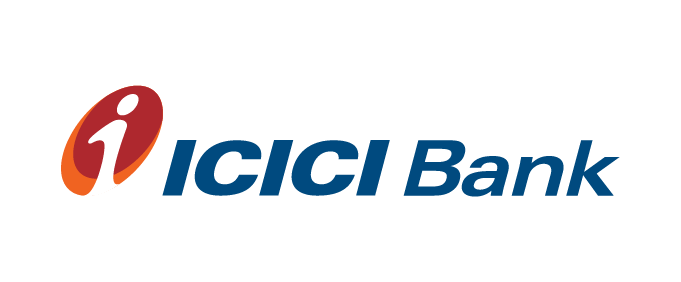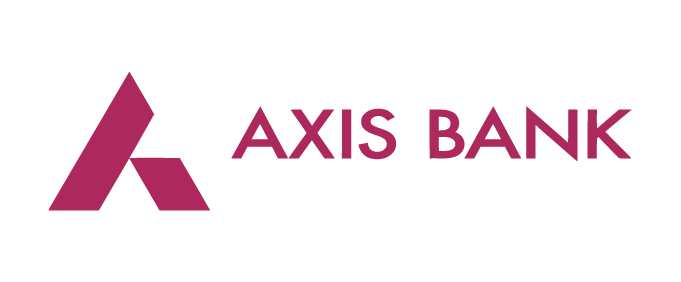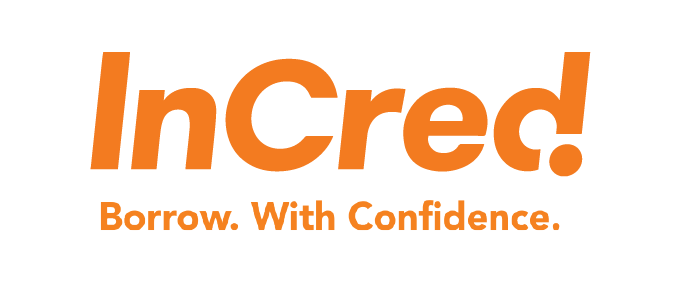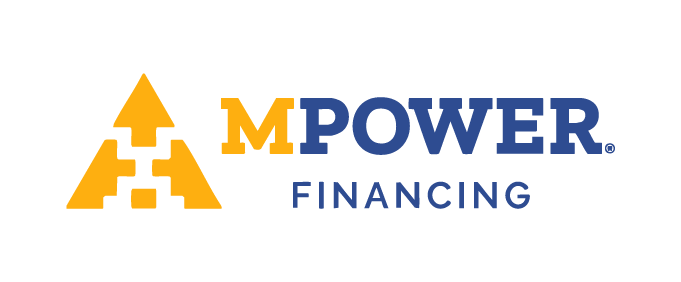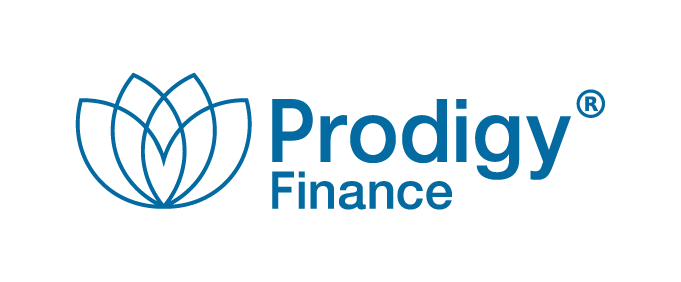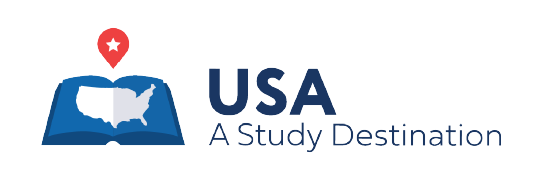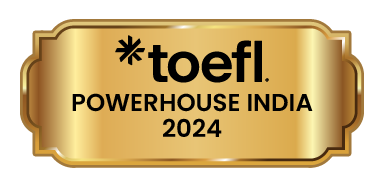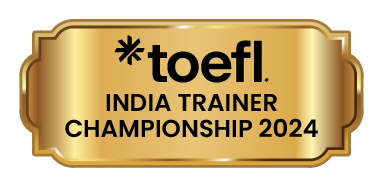If you’re planning to apply for a Master’s program in Physiotherapy, you’re preparing to advance in a field dedicated to improving physical health and enhancing the quality of life for individuals through therapeutic practices. Physiotherapy is a dynamic and rewarding profession that combines science and clinical expertise to help patients recover from injuries, manage chronic conditions, and maintain optimal physical function. This program attracts applicants with a strong background in health sciences and a passion for patient care and rehabilitation.
In this blog, we will guide you through the essential elements of crafting a compelling SOP for applying to graduate programs in Physiotherapy through a couple of samples.
Before this, if you are looking for information on the importance of an SOP in your overall application as well as the do’s and don’ts, you can look up The Ultimate Guide to Crafting an Exceptional Statement of Purpose.
And finally, let us look at how you can write an SOP that effectively communicates your dedication and potential in the field of Physiotherapy.
How to write a stellar SOP for Physiotherapy?
When writing a Statement of Purpose (SOP) for Physiotherapy, you should emphasize specific competencies and experiences relevant to the field. These include, but are not limited to, the following:
- Clinical Skills: Proficiency in assessing, diagnosing, and treating a variety of physical conditions and injuries. Experience with therapeutic techniques, rehabilitation exercises, and patient care.
- Academic Excellence: Strong academic record in physiotherapy-related coursework, relevant research projects, thesis work, or academic publications that demonstrate your understanding of human anatomy, physiology, and biomechanics.
- Professional Experience: Internships or work experience in clinical settings, hospitals, or rehabilitation centers. Involvement in real-world patient care, detailing your role and contributions, and showcasing your practical application of physiotherapy principles.
- Patient Management: Ability to develop and implement individualized treatment plans, monitor patient progress, and adjust treatments as necessary. Experience with patient education and communication to ensure adherence to treatment plans.
- Technical Proficiency: Skills in using physiotherapy equipment and technology, familiarity with electronic health records (EHR), and experience with diagnostic tools and techniques.
- Research and Evidence-Based Practice: Understanding of evidence-based practice, involvement in research projects, and ability to apply research findings to improve patient outcomes.
- Interdisciplinary Collaboration: Ability to work effectively with other healthcare professionals, such as doctors, nurses, and occupational therapists, to provide comprehensive patient care.
- Compassion and Empathy: Commitment to patient-centered care, understanding of patients’ emotional and psychological needs, and ability to provide compassionate and empathetic support.
See the following examples on how SOPs for Master’s in Physiotherapy can be written.
Sample 1
This is the example of a student who secured an admit into the MSc Advanced Physiotherapy at Coventry University.
In 2016, I was introduced to the realm of Physical Therapy when my mother sought treatment for her low back and cervical issues. Witnessing her progress during therapy sessions, which involved conservative methods such as exercises, electrotherapy, and traction, deeply moved me and sparked a profound admiration for this honorable profession. This experience ignited a strong drive within me to pursue studies and research in this field, with a heartfelt aspiration to make a meaningful difference in patients’ lives by assisting them in restoring their functional capabilities and reclaiming their independence.
Currently, I am pursuing my undergraduate degree at DY Patil University, where I’ve engaged with a diverse array of fascinating subjects such as Anatomy, Physiology, Psychiatry, Neuro medicine, and Pulmonary Medicine. These courses have equipped me with a robust foundation for my future academic endeavors and professional pursuits. Throughout my studies, I have delved into specific areas of physiotherapy, including Electrotherapy and Kinesiotherapy, while also exploring interdisciplinary subjects such as Biochemistry, Pharmacology, and Microbiology.
In my final year, I immersed myself in advanced physiotherapy topics, including Neurophysiotherapy, Musculoskeletal physiotherapy, Cardiopulmonary and integumentary physiotherapy, and Physiotherapy in community medicine. These intensive studies over four years have furnished me with extensive knowledge of human anatomy, physiology, and the potential for restoration through effective rehabilitation practices.
To further enhance my expertise, I completed a certificate course titled “Managing your health: The role of physical therapy and exercise” via Coursera. Additionally, I augmented my practical skills by participating in a hands-on workshop focused on Neuro-Developmental treatment.
During my undergraduate studies, I had the privilege of participating in diverse clinical rotations across a wide spectrum of departments, encompassing orthopedic, rheumatology, pediatrics, Ayurveda, medicine, surgery, intensive care, obstetrics, and gynecology. Additionally, I gained invaluable experience in various outpatient departments, including musculoskeletal physiotherapy, neurophysiotherapy, community physiotherapy, hand therapy, and pain management.
Throughout these rotations, my passion for Musculoskeletal and sports Physical Therapy flourished as I encountered patients grappling with a myriad of conditions such as patellar fracture repair, ACL reconstruction, total knee and hip replacements, stress injuries, frozen shoulder, disc herniation, traumatic fractures, sports injuries, and work-related disorders. Witnessing the profound transformation these patients experienced through physiotherapy sessions brought me immense joy. Previously incapacitated by severe pain and unable to carry out their daily activities independently, they gradually regained their autonomy and achieved a pain-free existence through physiotherapy.
Furthermore, I played an integral role in rehabilitating patients with chronic respiratory diseases, amputations, neurological conditions, and developmental delays.
Furthermore, my involvement in geriatric care within an Ashram, participation in physiotherapy treatment for burns patients at the National Burns Center in Airoli, and engagement at healthcare centers have significantly expanded my clinical proficiency. Additionally, my observership at the Kiddos and Adult Physiotherapy Clinic in Borivali West allowed me to actively engage in the treatment of patients with various neurological disorders, genetic conditions, and musculoskeletal issues. These immersive experiences have not only deepened my empathy for individuals contending with physical ailments but also emphasized the crucial role of rehabilitation and therapeutic interventions in improving their quality of life. Through these firsthand encounters, I have refined my clinical skills, nurtured my passion for Musculoskeletal and Sports Physical Therapy, and am now ready to embark on the next phase of my journey in this honorable profession.
In my quest to deepen my understanding of physiotherapy and its practical implications, my research endeavors have been integral to my academic journey. For my final year project, I embarked on a study titled “Prevalence of Musculoskeletal Disorders in Working Women and Housewives.” This investigation aimed to assess the prevalence of musculoskeletal disorders (MSDs) in these demographic groups, with a focus on identifying affected areas utilizing the Standardized Nordic Questionnaire and exploring potential correlations with Body Mass Index (BMI).
Over a six-month period, I surveyed 100 participants (comprising 50 working women and 50 housewives) utilizing the Standardized Nordic Questionnaire to evaluate MSD presence across nine anatomical regions. Challenges encountered included limited available literature, absence of diagnostic tools, and documentation constraints inherent in survey-based research. To address these, I conducted extensive literature reviews, obtained mentor approval, and meticulously crafted a comprehensive survey instrument covering demographics and consent.
Data collection, conducted face-to-face, yielded 103 samples post exclusions, with inquiries spanning participants’ work details, duration, height, weight, and age. Utilizing Microsoft Excel, I analyzed and interpreted the collected data, generating graphical representations to elucidate BMI trends among working women and housewives. Furthermore, I conducted a comparative analysis of affected areas across varying BMIs, revealing BMI’s significance in MSD development, with variations influenced by factors such as work type, duration, and age.
Throughout this project, I honed critical skills in topic selection, literature review, ethics committee approval, questionnaire development, data collection, analysis, and result interpretation. Currently, I am immersed in my next research endeavor under the mentorship of my guide, delving into the “Relationship Between Foot Posture Index and Low Back Pain in Cricket Players.”
These encounters have reinforced my dedication to pursuing a career in physiotherapy, igniting a fervent desire to positively impact patients’ lives through unwavering dedication and compassionate care. Upon completion of my master’s degree, my aim is to join an orthopedic and sports center, where I can specialize in treating soft tissue conditions such as sprains, tendonitis, stress injuries, and ligament injuries, while also addressing joint-related pain including Osteoarthritis and Rheumatoid arthritis. My objective is to aid individuals in enhancing their mobility, alleviating discomfort, and optimizing their functional capacities.
Following my tenure at an orthopedic and sports center, I envisage establishing my independent clinic, where I can provide tailored patient care. Additionally, one of my enduring goals is to collaborate with Indian non-profit organizations, raising awareness about the pivotal role of physical therapy in restoring patients’ lives through my clinic and strategic partnerships.
Since my initiation into the field of physiotherapy, the Rotaract Club has been the cornerstone of my extracurricular pursuits, guiding me towards numerous medical camps that offered invaluable exposure and ongoing learning prospects. Engaging actively in medical checkup camps, attending webinars focused on cervical cancer awareness, and more, I honed essential soft skills such as effective communication, teamwork, and empathy. These abilities are pivotal for my envisioned career path in physiotherapy.
In summary, my academic, personal, and professional journey has prepared me for the next phase of my career. At the ___________, I perceive an opportunity to capitalize on its robust academic setting to reinforce my knowledge in _________ and fulfill my career aspirations. The university’s distinctive approach to academia, research, public health, and individual well-being intrigues me, promising an unparalleled insight into the diverse responses of the body to exercise. This, in turn, will furnish me with specialized competencies to contribute effectively to post-injury rehabilitation.
I am particularly inspired by the pioneering research conducted by Clinical Associate Professor ___________ on ___________, __________, and __________. The prospect of collaborating with him for my thesis excites me. Furthermore, I am intrigued by the option of a comprehensive exam, which will enable me to actively partake in research and practical training, thereby enhancing my knowledge and hands-on experience in the field.
I am dedicated to maximizing the value of my education by pursuing supplementary courses to further fortify my expertise. Beyond my academic pursuits, I aspire to engage with the various clubs and associations affiliated with ___________. Contributing to these organizations will foster a global perspective and expand my horizons.
I recognize __________’s reputation for maintaining high standards of excellence. With my dedication to academic achievement and robust interpersonal abilities, I am confident in my ability to align with and uphold the values and vision of this esteemed institution. I earnestly hope that the admissions committee will consider my application favorably.
Sample 2
In this example, the student secured an admit into the MS in Exercise Science at Long Island University Brooklyn.
My 55-year-old grandfather, who is diabetic and has high blood pressure, frequently experienced dyspnea and discomfort during exercise. Despite this, the facility’s in-house trainer presumed these symptoms were typical for someone his age. To address this concern, I sought guidance from a cardio-respiratory physiotherapist who elucidated how aerobic and deep breathing exercises could enhance his quality of life. Witnessing firsthand the overlooked nature of such health issues sparked my keen interest in physiotherapy. I aspire to delve deeper into this field and pursue a career where I can accurately diagnose and effectively treat individuals.
Through my professional experiences, I have come to appreciate the significance of tailoring exercise regimens to each age group’s maximal heart rate and exercise tolerance, particularly among the geriatric population. I believe exercise physiologists should possess a comprehensive understanding of strength and conditioning principles across all age demographics.
My initial professional experience unfolded during an internship at a government hospital in Pune, India, where I was actively involved in both the Outpatient Department (OPD) and Inpatient Department (IPD). Within the IPD, I administered treatment for fractures and assisted patients in tailored strength training programs aligned with their OPD objectives. Additionally, I catered to athletes with diverse functional aspirations, providing specialized impact and agility training.
During the cardio-respiratory internship segment, I offered care for COPD patients undergoing recovery in hospital settings. This involved guiding them through breathing exercises, facilitating secretion removal, and monitoring their vital signs. I also focused on patients grappling with varicose veins and mobility issues, delivering personalized attention to their needs. Furthermore, I autonomously managed patients with cardiac conditions, such as CABG and post-MI, employing strategies such as blood pressure monitoring, dietary adjustments, lifestyle modifications, and customized exercise prescriptions.
Throughout the internship, I was assigned to neuro physiotherapy, where I engaged with a diverse range of patients. This encompassed providing education and treatment to individuals dealing with conditions such as foot drop, traumatic brain injury (including cases necessitating wheelchair or walker use), as well as both adult and pediatric patients. I also facilitated the rehabilitation of children affected by hydrocephalus and cerebral palsy through techniques including rolling, stretching, positioning, and neurodynamic therapies. Additionally, I provided assistance to postpartum women within the hospital setting, supporting them with post-natal exercises, breastfeeding guidance, and other daily tasks.
I further honed my expertise and gained invaluable practical experience through my part-time role as a physiotherapist at Revive Health Physiotherapy and Ergonomic Clinic. During this time, I encountered a diverse range of patients, including those grappling with knee arthritis and sciatica. Through my interactions, I discovered that patients with sciatica responded favorably to treatments such as neurodynamic sliders and ultrasound therapy. Additionally, I employed proprioceptive neuromuscular facilitation techniques for individuals with facial palsy and utilized electrical stimulation to aid in nerve regeneration.
In addition to these therapeutic interventions, a significant aspect of my role involved providing guidance to patients on improving their posture and implementing simple lifestyle modifications to alleviate pain and discomfort. This was particularly crucial for individuals who spent prolonged periods seated, such as those working from home.
I furthered my professional growth by becoming part of a rehabilitation facility in Mumbai. In this capacity as an observer, I delved into the intricacies of diverse and extended rehabilitation methodologies. Employing techniques such as shockwave therapy and multistem, I contributed to the treatment of patients experiencing mechanical low back pain, guiding them through tailored exercise regimens post-modified radical mastectomy. Additionally, I played a role in the rehabilitation process of patients undergoing total knee replacement surgery, focusing on enhancing their balance and coordination.
To address trigger points and promote relaxation, I incorporated cupping therapy and myofascial release into the treatment plans. Furthermore, I devised comprehensive workout routines encompassing weightlifting, cardio exercises, and core workouts to cater to the diverse needs of the patients.
Presently, I serve as the head consultant at an AF care clinic in Mumbai, specializing in the application of kinesiotaping, cupping, and myofascial release techniques to facilitate soft tissue release. In this capacity, I conduct individualized assessments and devise treatment plans for various conditions, including cervical spondylitis, tendon replacement, shoulder dislocation, patellar tendinitis, and prolapsed intervertebral disc pain.
Furthermore, I engage in freelance work, providing home-based rehabilitation services for a stroke recovery case, with a focus on functional restoration and ongoing maintenance.
With the wealth of experience I have gained from my varied roles, I feel equipped to embark on the next phase of my professional path. My aspiration is to pursue an MS in exercise science and kinesiology. Following my graduate studies, I aim to establish myself as an Exercise Physiologist, specializing in crafting comprehensive strength and conditioning programs aimed at enhancing cardiorespiratory endurance. In the long run, I envision working within a sports physical rehabilitation setting, where I can integrate scientific research into exercise prescription. Additionally, I aspire to become a Health Consultant and Kinesiologist, advocating for the use of exercise as a form of medicine for clients.
My undergraduate studies have laid a robust groundwork for my future endeavors, both in graduate school and beyond. The curriculum primarily encompassed courses such as Anatomy, Physiology, Biochemistry, Functional Diagnostic Physiotherapeutic Skills, Electrotherapy, Kinesiology, and Kinesiotherapy. Due to my outstanding academic performance, I was honored with the Tata Trust’s Medical and Healthcare Scholarship in 2019. Notably, I achieved a gold medal in cardiorespiratory medicine and a silver medal in community medicine, disciplines that particularly resonate with my academic interests.
Apart from my academic coursework, I participated in the Fundamentals Obstetric Workshop for Physiotherapists conducted by APTA-certified therapist Dr. Snigdha Mehta. Additionally, I completed an HPE kinesio-taping workshop and am presently applying the techniques learned. During my last semester, I had the opportunity to visit Pune’s Prosthetic Limb Center, where I gained insights into the manufacturing process of casts, shoes, and other equipment for individuals with disabilities. Established in 1944, this organization plays a pivotal role in providing prosthetic limbs and medical assistance to brave Indian army personnel.
Engaging in academic projects provided me with the opportunity to apply theoretical knowledge in practical contexts. During my __ semester, I conducted a study titled “Assessment of Physical Activity of Adolescents in Maharashtra,” wherein I utilized the International Physical Activity Questionnaire to assess the physical activity levels of adolescents. Collaborating with my faculty guide, we collected data through Google Forms completed by participants. Subsequently, we utilized MS Excel to organize and analyze the data, conducting a cross-sectional study employing descriptive statistics. We further calculated metabolic equivalent values and utilized them to determine mean scores and standard deviation for each activity. Our findings revealed that a majority of students (51.77%) engaged in moderate-level exercise, followed by vigorous (43.97%) and low-intensity (4.26%) activities. Surprisingly, contrary to our assumptions, we observed an increase in physical activity among students following the Covid pandemic, notably due to improvements in school physical education programs. Presenting our research at the national e-conference Kinesiocon 2022, we received commendation for the comprehensive scope of our study and its timeliness in addressing emerging needs.
Apart from academics, engaging in extracurricular activities has been instrumental in enhancing my soft skills and proficiency, contributing significantly to my personal growth. I was honored with the IAP’s volunteer certificate for my involvement in a camp held in Pune on World Physiotherapy Day 2018. During the event, I conducted examinations and presented exercises aimed at promoting functional independence and alleviating pain.
In the realm of social engagement, I was an active member of the Caduceus Rotaract Club from 2018 to 2019, participating enthusiastically in various initiatives. Notably, I participated in a health screening and counseling camp at Holy Name High School in Mumbai. Additionally, I had the privilege of representing my physiotherapy college as an Institutional Ambassador of the Rotaract Club of Medicare during the academic year 2020–2021. This club, the largest medical club in RID 3141 with a membership exceeding 3000, provided me with invaluable opportunities for personal and professional development.
While I find the field of physiotherapy incredibly stimulating, my aspirations are ambitious, motivating me to recognize the importance of expanding my knowledge base to achieve my career objectives. In pursuit of this goal, I view the opportunity to study at ____ as the ideal next step. Renowned for its academic excellence, unique pedagogical approach, and cutting-edge research initiatives, this premier institute offers an exceptional ____ program. Enrolling in this program will not only deepen my understanding of research methodologies but also provide me with invaluable insights into exercise prescription within specific clinical contexts.
Of particular interest to me is the musculoskeletal sports curriculum, which explores exercise physiology in depth. I am eager to delve into the latest developments and techniques for injury prevention in various chronic conditions, as well as gain insights into designing condition-specific exercises while considering cardiovascular constraints. Additionally, I am excited about the prospect of working in the human performance lab, where I can observe firsthand how resistance training can optimize human body function.
Moreover, I am inspired by the exceptional expertise of distinguished faculty members such as Prof./Dr. __, Prof./Dr. __, and Prof./Dr. __. Their outstanding contributions to the field of physiotherapy are both intriguing and impressive, and I am eager to learn from their wealth of knowledge and experience.
In summary, studying at ____ represents a unique opportunity for me to advance my academic and professional pursuits in physiotherapy, and I am enthusiastic about the prospect of contributing to and learning from this esteemed educational environment.
Because I want to undertake a sports program, it would be interesting to participate in sports as a campus co-curricular activity. Moreover, I would love to join student body organizations to help overseas grads like me choose a career. I want to actively participate in community building activities, theatrical performances, and campus activity boards.
I understand that the university maintains high standards of excellence, and I am committed to meeting and exceeding these expectations while upholding the values and vision of this esteemed institution. In conclusion, I earnestly hope that the admissions committee will consider my application favorably.
Observe the subtle distinctions in skills, competencies, academic and professional backgrounds, and aspirations. Each student shared unique narratives in their Statement of Purpose (SOP), thus necessitating tailored adjustments to align with their individual motivations.
Writing an effective Statement of Purpose for Physiotherapy requires detailed planning and expert guidance. At Collegepond, we have a solid track record of helping students get into top-tier physiotherapy programs. If you’re looking to apply for a graduate program in Physiotherapy, we’d be delighted to assist you in crafting a compelling application. Leave your contact details in the form below, and we’ll arrange a free preliminary consultation for you:







